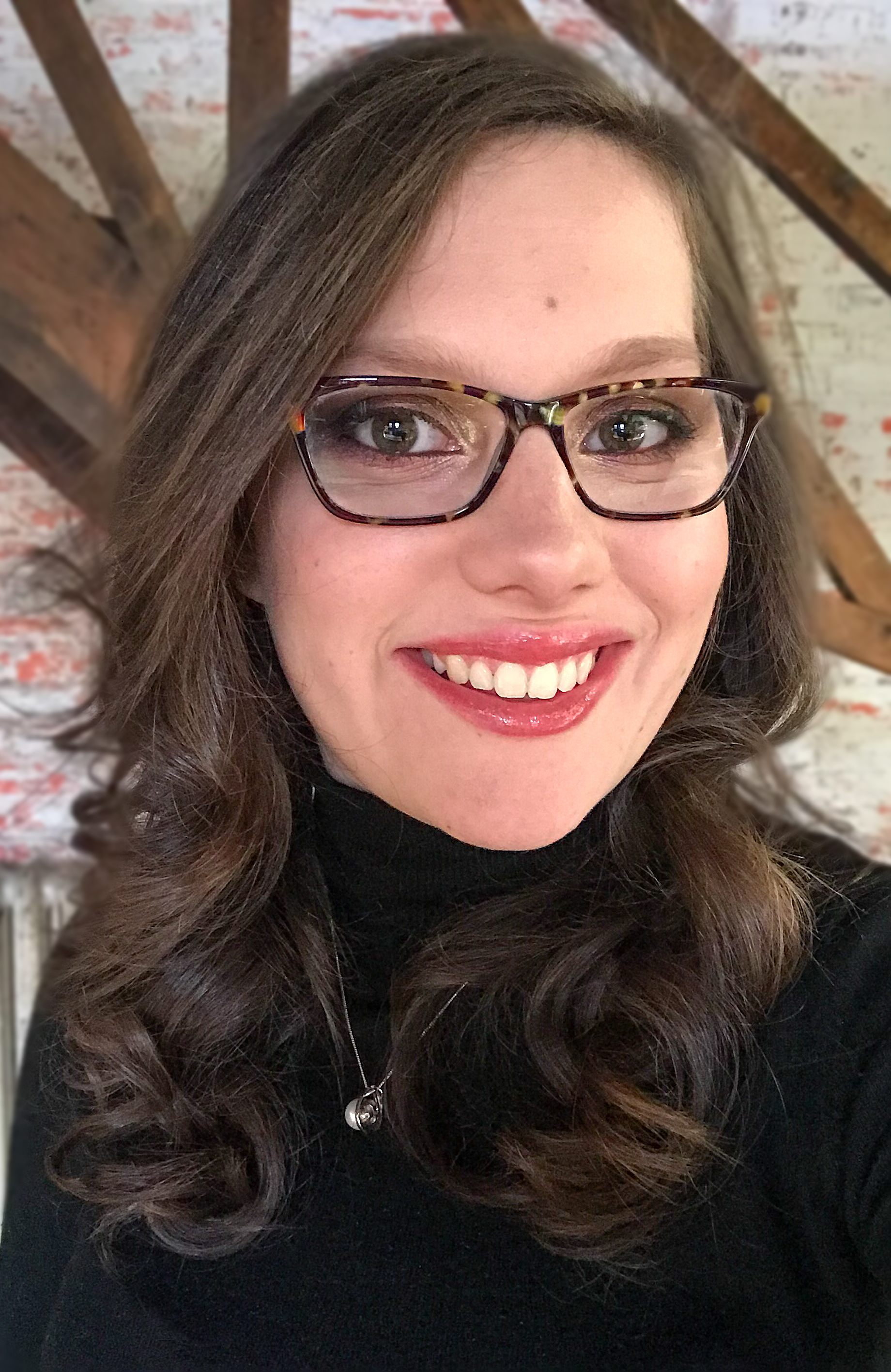What happens when art galleries are forced to close their doors and pivot online?

Project management skills play a crucial role in helping museums and galleries to adapt during the coronavirus outbreak, Elizabeth Oliver learns.
For the Spring issue of Project, we interviewed curators and project managers at several of the UK’s leading institutions to discover how an art exhibition is put together. But, with museums and galleries closing their doors in response to the coronavirus outbreak, what happens next?
“I feel lucky that the exhibition was able to open,” Amy Tobin, curator of Kettle’s Yard art gallery at the University of Cambridge explains. Three years in the making, the gallery’s Linderism exhibition opened in February to favourable reviews, with critics praising the variety of work created by post-punk artist, Linder Sterling. In the Spring 2020 issue of Project, we followed Tobin and other curators’ projects due to open this spring and summer. But the coronavirus outbreak has meant these exhibitions either had to close early or won’t be opening at all as the UK remains in lockdown.
It was an outcome that Tobin and the team had prepared for. In the weeks leading up to the closure, she worked closely with the exhibition partners, sponsors and the university to develop contingency plans for Linderism, while also communicating with external stakeholders about forthcoming projects. Despite being away from the gallery, Tobin and the team hold regular staff meetings to check in and talk through everyone’s responsibilities over Zoom and Google Hangouts. “In terms of how our teams work, it’s pretty much the same as usual – it’s just over a different infrastructure,” she says.
Reassuring stakeholders
An important aspect of a curator’s role is managing numerous stakeholders – even more so in times of uncertainty. Tobin is in regular contact with Linder and Modern Art (the commercial gallery that represents Sterling), sending over resources for them to share with their followers, including a video tour of the exhibition.
She is also in touch with the lenders, keeping them up to date with the gallery’s security measures and environmental checks. “We have members of staff who have been appointed key workers to safeguard the collection, and regulate the environmental conditions in the gallery,” Tobin says. “Many of Linder’s pieces are on paper, so we need to check the humidity levels and ensure the lights are off.” The exhibition is due to tour to the Hatton Gallery in Newcastle upon Tyne next year and Tobin is working closely with the lenders to look over loan agreements.
Reaching out
The closure has provided opportunities for new and existing audiences to engage with the gallery’s collections. “As an institution, we’re trying to think about how we can be accessible and helpful to our community and wider stakeholders, and how we can effectively serve them,” she says. The gallery has also set up a webcam on the first floor, which showcases the site’s conservatory – a space filled with plants, shells and artworks. “We don’t want to put things online just to be visible,” she says, “we want to post content that people need, enjoy and appreciate.”
Kettle’s Yard is one of several art institutions that are using digital content to make their collections and exhibitions available to the public. National Museums Liverpool – which manages sites including Merseyside Maritime Museum, Museum of Liverpool and Walker Art Gallery – is offering a variety of online experiences. Users can take a virtual tour through the World Culture gallery at the World Museum, which showcases its collections from Africa, The Americas, Asia and Oceania, or explore the highlights from recent exhibitions.
“With our venues closed, we want to ensure our collections and galleries remain accessible for people,” Scott Smith, digital content manager at National Museums Liverpool explains. “Through our virtual tours, online collections and social media interactions, we’re still connecting with people – at a time when it’s needed most.”
Tate is also using its digital platforms and social media channels to help people connect with art. Its website offers podcasts, covering subjects including the art of hip hop, as well as virtual curator-led tours and videos with artists. Users can browse its online collection displays, read articles and find research papers. For younger users, the ‘Tate Kids’ website contains games and art activities. “While it is sad that our museum doors are closed, we can still offer a rich, deep and inspiring experience of Tate online,” Hilary Knight, Tate’s digital director says.
What does it take to put on an art exhibition, from concept to welcoming the public through the gallery doors? Read the full article Project masterpiece, by Emma De Vita, in the Spring 2020 issue of Project. Free to APM members.
Brought to you by Project journal
Image: cunaplus/Shutterstock.com


0 comments
Log in to post a comment, or create an account if you don't have one already.